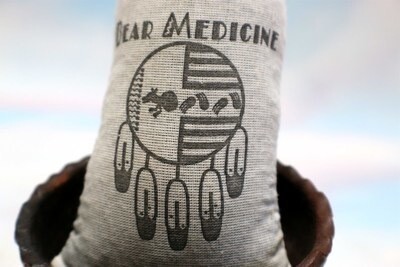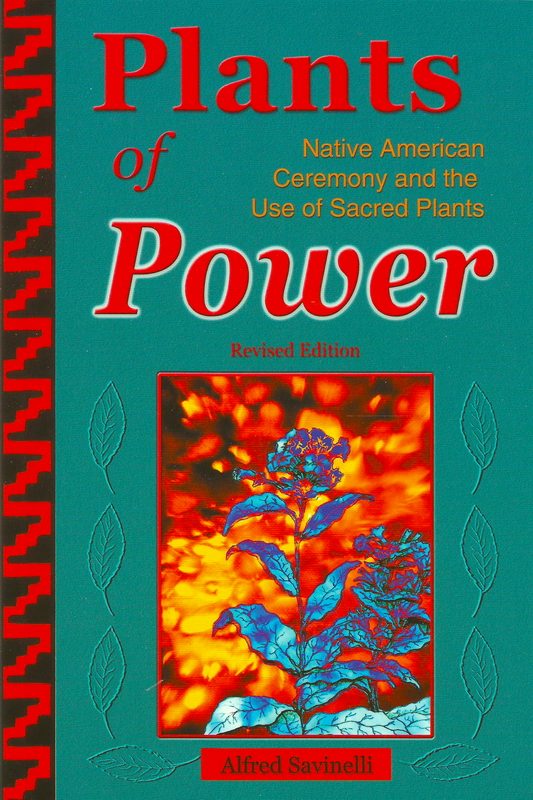Pinon needles Sachet
The Navajo people of North America have a variety of names for the different parts of the pinon tree. "Tcha"ol" or "Teestshiin" refer to the trunk of a dead tree. Pinon gum called "itjeeh." The nut is called "nictc'ii pina'a'". The wood is called "teetshiin", which if green, would be called "tch"ol". The needles are called "pi'iil". The native yellow ocher, used for dyes, is called "leetshoh" (earth, yellow).
Pinon pines are found in elevations around 5,000 feet. They form the timberline and cascade down below it. They live on arid, shallow, rocky soils of foothills, mesas and canyon walls. They occasionally grow in pure groves, but usually are found in mixed stands of juniper, oak and yellow pine.
Pinon nuts are gathered in large quantities by Navajo women. They are either swept into piles and threshed, to remove the debris, or they are picked up off the ground by hand. Any of the excess nuts were sold or traded to the Zuni pueblos. The pinon nuts are roasted in pots or skillets, and sometimes mashed and made into a butter, similar to peanut butter. The nuts are crushed between two stones to remove the shell, and then made into a paste which is spread on hot corn cakes. The dried seeds of the pinon are made into necklaces. bracelets and anklets.
Pinon gum is used together with tallow and red clay to make a salve. The salve is prepared for use in open cuts and sores. The Navajo smeared his body with pinon pitch before burying a person. They put the pitch under their eyes and on their forehead during the mourning period.
There are many ceremonials which include the use of the pinon. Indicated below are various ceremonies and the specific mode in which the pinon is offered. On the fourth day of the Night Chant ceremony, the Talking God carried a small sapling of pinon, almost entirely stripped of its branches. Pinon was used if the patient was male, and juniper was used if the patient was female. On the ninth day of the Night Chant, The Slayer of Alien Gods and The Child of the Water deposit their cigarettes preferably in the shade of a pinon tree.
In the War Dance, the patient’s body was painted with pinon and willow pitch. Dry pinon gum, together with the parts of several different birds, was burned as an incense. During the Mystery of the Night Chant initiates fumigated themselves with this incense. A corral was built for public exhibitions at the close of these ceremonials. It was built of juniper and pinon boughs, with an opening that faced to the East. Pinon needles were one of the ingredients used in making the medicine used in the War Dance. This remedy was taken internally. Pinon and juniper are also used in making the circle of branches for the Mountain Chant ceremony. During the last night of the Mountain Chant, the dancers carry bunches of pinon needles in each hand. Both hands are connected by wand extending out of the needles and creating an arch.
At the close of their ceremonies, members of the Zuni Order of Sword Swallowers, of the Great Fire Fraternity, will eat young buds of the pinon, (Pinus edulis), if they desire female children. The young buds of the pine, called Pinus brachyptera or Yellow Pine, are eaten if they desire male children.
Medicinal Uses: Pinon is most useful after the feverish, infectious stage of a chest cold is passed. Pinon dredges hidden impurities from the depths of the system. it is used as a diuretic and expectorant. The pitch is rolled into a pellet the size of a berry, then chewed and swallowed. This is followed by a strong expectoration, which releases the lingering traces of disease. Like juniper berries, the pinon pitch expels urinary tract infections, and should not be used if any inflammation is present.


